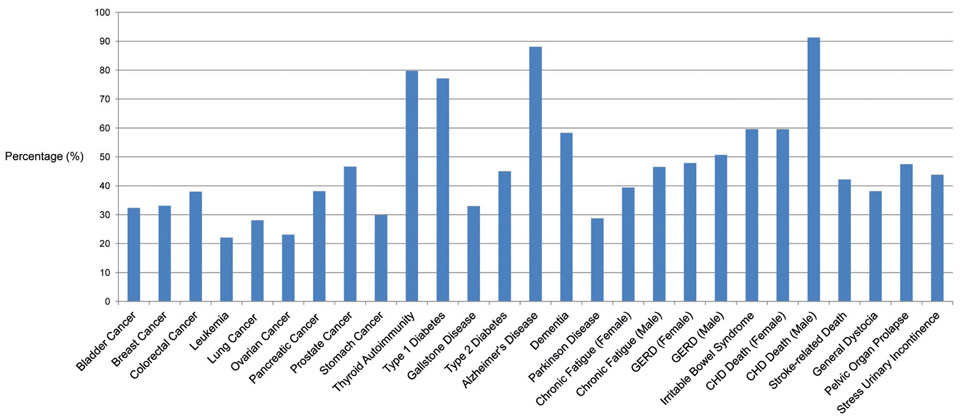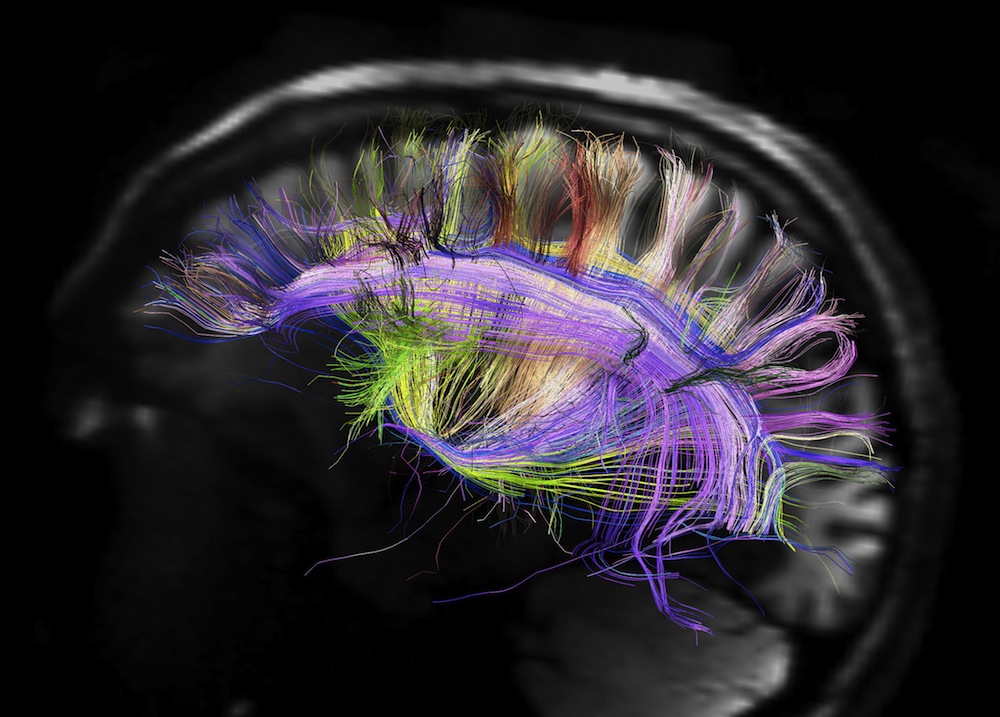
© N.J. Roberts et al., Science Translational MedicinePredictions. In a modeling study, the portion of people with a disease who would have tested positive for a genetic risk varied by illness.
Chicago - B iomedical researchers talk about the day not too far off when
DNA sequencing will be so cheap that everyone will have their genome sequenced and carry the results around on a flash drive. People will learn about their personal disease risks, helping their doctors and them prevent or treat these illnesses. But a new study throws cold water on the notion that whole-genome sequencing will be very useful for the average person.
Hopes for genomic medicine have grown in the past few years as researchers raced to track down DNA behind common diseases. These so-called genome-wide association studies have turned up hundreds of genetic markers linked to diseases such as
cancer and
diabetes. But the risks associated with such markers are usually quite low - often just a fraction higher than for people without the marker. Still, many scientists have hoped that once they found all the genetic markers for a disease, including rare ones that confer higher risk, the total risk carried by some individuals would be high enough - say, two times the normal risk - to merit taking preventive measures.
But the new study suggests that even if all the disease risk markers can be found, the genetic risk for most people will still be relatively low. This conclusion emerges from a study by cancer geneticists Victor Velcelescu, Bert Vogelstein, and colleagues at Johns Hopkins University. They began by gathering existing data sets on diseases in thousands of twins, mostly in Europe. They assumed that identical twins have the same genetic risk of developing a specific disease. After examining 24 actual diseases in the twins, the researchers constructed a model that assumes each individual carries a certain "genometype," or total genetic risk, for each disease. Then they looked at how these risks would vary across the population.

